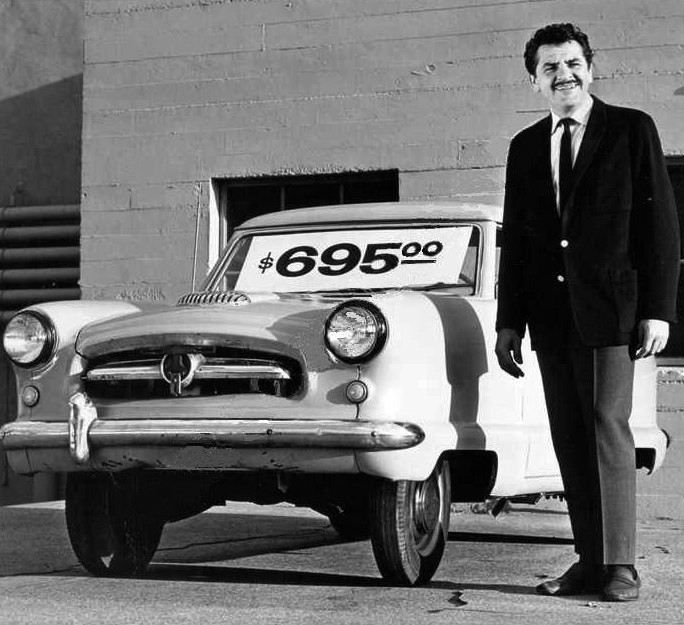Posted on 9/29/2016

Believe it or not, many new vehicles come without a spare tire. Manufacturers have a few different reasons for that, including weight savings, space efficiency, and cost. When you're stuck by the side of the road, though, none of that really matters much, does it? Instead, these vehicles come equipped with an inflation kit and/or a can of sealant. Sealant is a gooey substance in an aerosol can that's designed to coat the inside of the tire due to centrifugal force once you get rolling again, hopefully sealing the puncture. These products, such as Fix-A-Flat, have been on the market for decades and tend to work pretty well on a minor puncture. They're not a permanent fix, however. Your speed should be limited after using Fix-A-Flat type products, and you should see about getting the tire repaired or replaced as soon as possible. In addition, most of these products freeze at temperatures below 32 degrees and may not be usable in cold weather. The other alternative on new v ... read more
Posted on 9/15/2016

Buying a used car is somewhat less of a crapshoot than it was at one time. You can get detailed information on a vehicle's history via the CARFAX report, and a technician can use onboard diagnostics to get a good picture of what's going on under the hood and what problems might be coming up. It's always a good idea to get a mechanic to look over any prospective purchase, but there are things you can get a look at yourself before you spend the money for a professional inspection. These are things which will give you a pretty good idea of the kind of use and maintenance a vehicle has seen before you got it. -- Put your head against a fender and sight down the side of the vehicle with one eye. Look out for ripples or irregularities in the sheet metal which could point to a collision and body work. Look closely for mismatched paint on body panels, or paint which has an orange-peel texture. -- Closely look at the carpeting, upholstery, and pedals. The condition of these can t ... read more